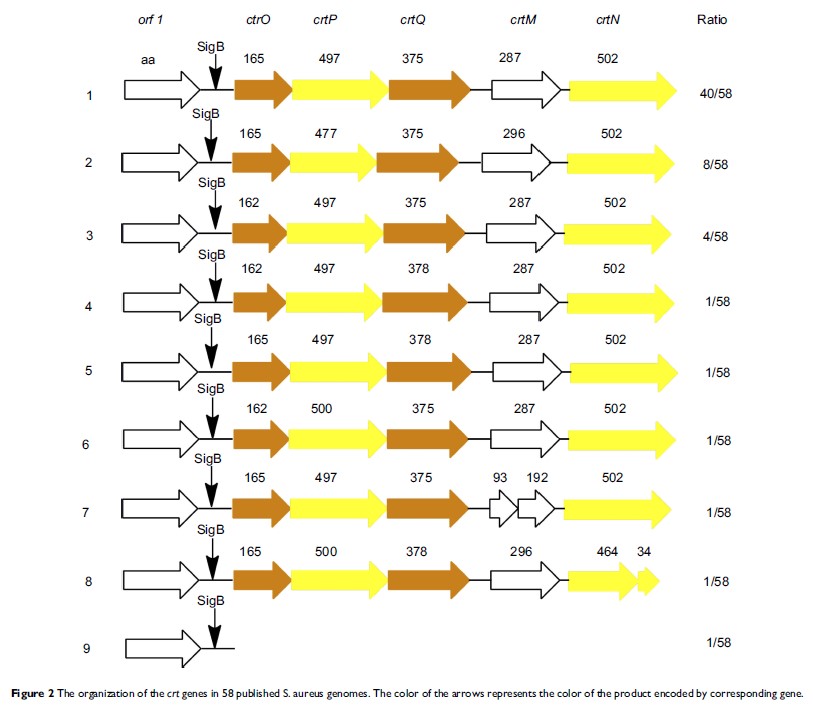9 0 8 0 2
论文已发表
注册即可获取德孚的最新动态
IF 收录期刊
- 2.6 Breast Cancer (Dove Med Press)
- 3.9 Clin Epidemiol
- 3.3 Cancer Manag Res
- 3.9 Infect Drug Resist
- 3.6 Clin Interv Aging
- 4.8 Drug Des Dev Ther
- 2.8 Int J Chronic Obstr
- 8.0 Int J Nanomed
- 2.3 Int J Women's Health
- 3.2 Neuropsych Dis Treat
- 4.0 OncoTargets Ther
- 2.2 Patient Prefer Adher
- 2.8 Ther Clin Risk Manag
- 2.7 J Pain Res
- 3.3 Diabet Metab Synd Ob
- 4.3 Psychol Res Behav Ma
- 3.4 Nat Sci Sleep
- 1.9 Pharmgenomics Pers Med
- 3.5 Risk Manag Healthc Policy
- 4.5 J Inflamm Res
- 2.3 Int J Gen Med
- 4.1 J Hepatocell Carcinoma
- 3.2 J Asthma Allergy
- 2.3 Clin Cosmet Investig Dermatol
- 3.3 J Multidiscip Healthc

金黄色色素:抗毒治疗的潜在目标
Authors Xue L, Chen YY, Yan Z, Lu W, Wan D, Zhu H
Received 6 November 2018
Accepted for publication 13 February 2019
Published 17 July 2019 Volume 2019:12 Pages 2151—2160
DOI https://doi.org/10.2147/IDR.S193649
Checked for plagiarism Yes
Review by Single-blind
Peer reviewers approved by Dr Cristina Weinberg
Peer reviewer comments 2
Editor who approved publication: Professor Suresh Antony
Abstract: Staphylococcus aureus is an important and common Gram-positive bacteria which causes clinical infections and food-poisoning cases. Therapeutic schedules for treatment of S. aureus infections are facing a challenge because of the emergence of multidrug resistance strains. It is urgent to find new antiinfective drugs to control S. aureus infection. S. aureus strains are capable of producing the golden carotenoid pigment: staphyloxanthin, which acts as an important virulence factor and a potential target for antivirulence drug design. This review is aimed at presenting an updated overview of this golden carotenoid pigment of S. aureus from the biosynthesis of staphyloxanthin, its function, and the genes involved in pigment production to staphyloxanthin: a novel target for antivirulence therapy.
Keywords: staphyloxanthin, target, antiinfective drug, antivirulence therapy
